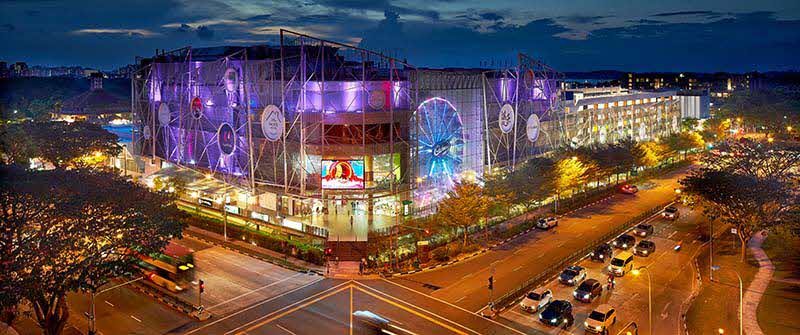Families For Life | Discover SG: Pasir Ris’ Community Heritage
The sunny beaches of Pasir Ris hide a quaint and memorable past that even its residents may not be aware of. This residential town on the east coast of Singapore is a vibrant, colourful hub, featuring Housing & Development Board (HDB) estates, malls, a water park and a large beach area with chalets and other recreational facilities.
There is debate on how the name Pasir Ris came to be. The first mention of the village Passier Reis was in 1852 where a tiger apparently killed the son of the village headman. The town's name is speculated to be a contraction of Pasir Iris, with Pasir meaning "sand", and Iris meaning "to shred". Ris may also be a Malay word referring to “Bolt Rope”, a piece of rope sewn into the edges of a ship’s sail. Its Chinese name is 白沙, or “White Sands” as it is sometimes still referred to today.
A long past
Pasir Ris was first mentioned on a map by a government surveyor for the Straits Settlements, John Turnbull Thomson, labelled as Passeir Rice. Several kampongs existed here, with the Malay inhabitants fishing for shrimp and selling belacan (fermented shrimp paste). Pasir Ris remained undeveloped until the late 1900s, with several plantations located in the area and its beach was known as a popular water skiing location in the 1950s.
In 1913, a short film by French filmmaker Gaston Méliès was made partly in the Pasir Ris area. The Poisoned Darts was marketed to have been “produced in the jungles of Passir Riz [Pasir Ris], a suburb of Singapore, Strait Settlements, Asia, employing natives in many of the roles”, with “natives” probably referring to Malay residents of the nearby kampongs.

Image source: Biblioasia.nlb.gov.sg
Beachside fun
The Pasir Ris Hotel was also a notable landmark in the 1950s, as were the several beach resorts established on its titular white sand. Pasir Ris Hotel was originally a private bungalow owned by Joseph Elias, a successful entrepreneur. Later, well-known hotelier Ho Meng Quee renovated it into a luxurious hotel that featured a tennis court and unrestricted access to the sea. The beach was also home to the Golden Palace Holiday Resort, a popular family destination in the 1970s.

Image source: Biblioasia.nlb.gov.sg
A busy residential town
In the 1970s, one of the first housing developments in Pasir Ris was a private residential area, Pasir Ris Beach Park. The first HDB blocks were subsequently built in 1986, adding amenities such as an MRT station and market areas to attract more residents. Downtown East was also a welcome addition to the area, which opened in 1988. This large entertainment hub featured chalets, swimming pools, a discotheque, and sports facilities for local residents, allowing them to make full use of the beachside atmosphere. Pasir Ris has continued to thrive and expand, with around 2,000 HDB units planned adjacent to the Pasir Ris Park, as well as a new bus interchange in the works.

Image source: Biblioasia.nlb.gov.sg
Besides a memorable past, Pasir Ris has a thriving community rich in family-friendly amenities and services. Find out more about Pasir Ris as a FFL @ Community (FFLC) town and how it can support your marriage and parenting journey.